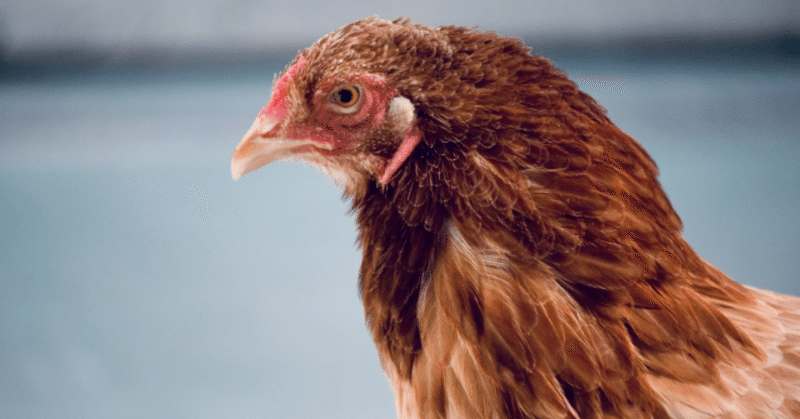
【Koyomi】January 30, 2024
72 Kou|A chicken coops up in a birdhouse (Niwatori Hajimete Toyanitsuku) 七十二侯|鶏始乳(にわとりはじめてとやにつく)
The Timing of “A chicken coops up in a birdhouse (Niwatori Hajimete Toyanitsuku,) represents the period from January 30th to February 3rd. This period symbolizes the start of egg-laying by chickens, indicative of early spring's arrival.
鶏始乳(にわとりはじめてとやにつく)は、1月30日から2月3日にかけての期間です。この時期は、ニワトリが卵を産み始めることを示し、初春の到来を象徴しています。
Meaning of 'Toyanitsuku'
The phrase 'Toyanitsuku' means that a chicken begins to lay eggs in the henhouse. It represents the natural behavior of chickens sensing the approach of spring. In modern poultry farming, eggs are produced all year round, but from winter to spring, the maturation period inside the hen extends, which is believed to increase the nutritional value and improve the taste."
「乳(とやにつく)」という意味
「とやにつく」という言葉は、ニワトリが鳥屋で卵を産み始めるという意味です。このフレーズは、春の近づきを感じ取るニワトリの自然な行動を表現しています。現代の養鶏では一年中卵の生産が行われていますが、冬から春にかけて母体内での成熟期間が長くなるため、栄養価が高くなりおいしいとされています。
White eggs and red eggs
Supermarkets sell two types of chicken eggs: pale 'white eggs' and reddish (brownish) 'red eggs'. There's not much difference between them; they differ only in appearance, not in taste or nutritional content. The egg color is determined by the breed of the chicken. Red eggs come from larger chickens that consume more feed, making them more expensive due to higher feed costs.
白玉と赤玉
スーパーマーケットでは、白っぽい「白玉」と赤っぽい(茶色っぽい)「赤玉」という二種類の鶏卵が販売されています。実はこれらの間に大きな違いはほとんどありません。見た目が異なるだけで、味や栄養素はどちらも同じです。卵の色は鶏の種類によって決まります。赤玉を産む鶏は白玉を産む鶏よりも体が大きく、それに伴い多くのエサを食べるため、エサ代がかさみ高価になっています。
この記事が気に入ったらサポートをしてみませんか?
